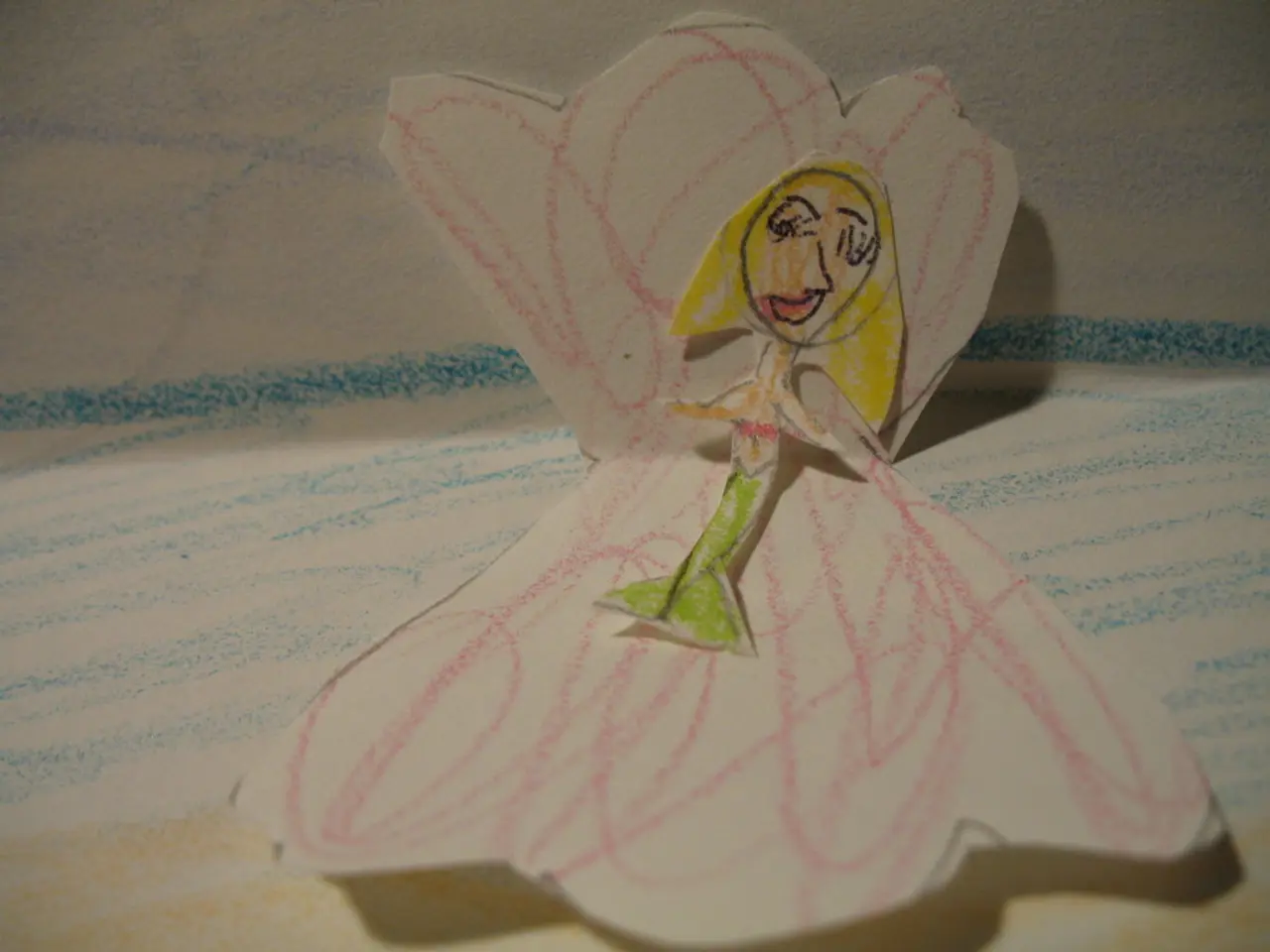Strategies for Boosting Creativity in the Professional Sphere
In today's fast-paced business world, creativity is no longer a luxury, but a necessity. A creative work environment can lead to the generation of fresh, innovative concepts, giving a company a competitive edge in the market.
Creativity is valuable for problem-solving, allowing individuals to approach challenges from various angles and devise novel solutions. It equips individuals and teams with the mindset to adapt to changes in the business landscape. In a creative work environment, employees can leverage their full range of skills and abilities. Creativity also encourages resourcefulness, leading to the optimization of resources and enhancement of efficiency.
To increase creativity in the workplace, managers can encourage an open environment, hold dedicated brainstorming sessions, and foster creativity through various means such as different idea-proposal formats. Encouraging employees to speak up with action plans for new ideas and demonstrating openness can foster creativity in the workplace. Stepping out of one's comfort zone by tackling new projects or tasks can force the mind to think beyond conventional boundaries and develop innovative ideas.
Common barriers to creativity in the workplace include fear of failure, lack of purpose, time pressure, financial barriers, poor leadership, negative work environment, external factors, unclear direction, bureaucracy, silos, and turfs. To overcome these obstacles, effective strategies include embracing diversity, fostering psychological safety, providing resources and support, allowing flexible time for thinking, eliminating strict hierarchies, rewarding creative contributions, and embedding innovation into daily operations.
Building teams with varied backgrounds and perspectives enhances idea generation and adaptability. Creating a psychologically safe space where employees feel safe to take risks and share ideas without fear of criticism enables open communication, learning from mistakes, and experimentation. Providing dedicated resources such as time, budget, tools, and training supports innovation initiatives and cross-functional collaboration. Allowing flex time for employees to brainstorm or explore ideas unrelated to their immediate tasks fosters creativity. Flattening hierarchies empowers employees across roles to collaborate freely and contribute ideas, breaking down silos and encouraging cross-team innovation.
Rewarding creative efforts and not just outcomes recognizes experimentation and learning from failures to reinforce a growth mindset and continuous innovation. Systematically embedding innovation through regular activities like hackathons, innovation sprints, and brainstorming sessions makes creativity a consistent organizational practice. Setting clear problem goals and engaging employees across departments in the innovation process with specific frameworks to evaluate ideas aligned with business objectives ensures that creativity contributes to sustained competitive advantage.
Scheduling occasional team or company perks, such as paid lunches or visits to sports or gaming centers, can alleviate work-related stress and foster team camaraderie, ultimately enhancing creativity. Incorporating amenities like a video game room, fitness center, or coffee shop in the office can create a more laid-back atmosphere, fostering team camaraderie and alleviating work-related stress, ultimately enhancing creativity.
Maintaining a creativity journal can preserve ideas and serve as a valuable resource for inspiration and overcoming hurdles in a project. Diversifying sources of inspiration, such as attending conferences, reading books, and exploring videos, can stimulate the mind and foster a creative mindset. Encouraging an open environment, challenging oneself with new opportunities, keeping a creativity journal, looking for new sources of inspiration, making time for creative thinking, and encouraging individuality can increase creativity in the workplace and stay ahead of the competition.
In conclusion, fostering creativity in the workplace is essential for innovation and growth. By embracing diversity, fostering psychological safety, providing resources and support, allowing flexible time for thinking, eliminating strict hierarchies, rewarding creative contributions, and embedding innovation into daily operations, companies can create an inclusive, supportive, and systematic innovation culture where creativity can flourish and contribute to sustained competitive advantage.
- To boost productivity and maintain a competitive edge, it's essential to cultivate a creative work environment that encourages the generation of novel ideas.
- A creative mindset aids in tackling problems and enables individuals and teams to approach challenges from unique perspectives.
- Managers can foster creativity by promoting an open environment and dedicating time for brainstorming sessions, among other means.
- To overcome the barriers hindering creativity, such as fear of failure, poor leadership, and time pressure, effective strategies include embracing diversity, fostering psychological safety, and providing adequate resources.
- Encouraging cross-functional collaboration, flexible time for idea exploration, and eliminating hierarchies can break down silos and promote cross-team innovation.
- By recognizing creative efforts and continuously integrating innovation into daily operations through activities like hackathons and brainstorming sessions, a company can establish a culture of continuous innovation.
- To preserve ideas and overcome project hurdles, maintaining a creativity journal and diversifying sources of inspiration, such as books, videos, and conferences, can foster a creative mindset.




